Have you ever wondered if you’re fit enough to go on a hiking trip? Let’s make it clear from the start; you don’t need to be a marathon runner, sprint record holder, or even a gym freak to go hiking – but you do have to have a certain level of fitness. I would like to stress that this guide is not a fitness program; it is purely from my own experience and to give you a vague idea how to prepare for a hike!
If you do have an idea of how you should train, but would like to double check, scroll down to the last paragraph to see how I usually measure fitness abilities when talking to first time hikers.
What is hiking?
This is the first thing we should understand; what hiking is and what it involves. At first, you may think it’s nothing more than walking outdoors in beautiful surroundings. Broadly speaking, this is true, however you also have to realise the challenges that hiking brings. It’s not quite the same as going for a day of shopping (although to me, that is probably even more challenging!).
Have a read through some of the factors below that need to be taken into account when hiking.
Prolong walking
It is not unusual to have 5-10 hour walk. In fact, the majority of mountain hikes would be somewhere within that distance.
Steep terrain
If you hike to the top of a mountain, you are very likely to experience steep terrain, which can be physically demanding. Subsequently, going down is the most strenuous for your knees – something you may want to consider if you deal with knee issues. Knee straps or hiking poles may be very helpful to relieve the pressure.
Carrying heavy loads (food & water)
If you go on a 5-10 hour hike, you will definitely need to take food and water to replenish the energy loss. Usually 1-2 litres is recommended, depending on the length of your hike and the opportunity to replenish your supplies. A lot of popular hiking routes may have huts on the way so you may be able to purchase some snacks and water, but you have to be prepare that this may not be the case.
On the other hand, you may be able to replenish your water using streams during the hike (ensure it’s clean – do your research beforehand). However, this isn’t always the case and you have to be ready to carry enough that will last the whole hiking day!
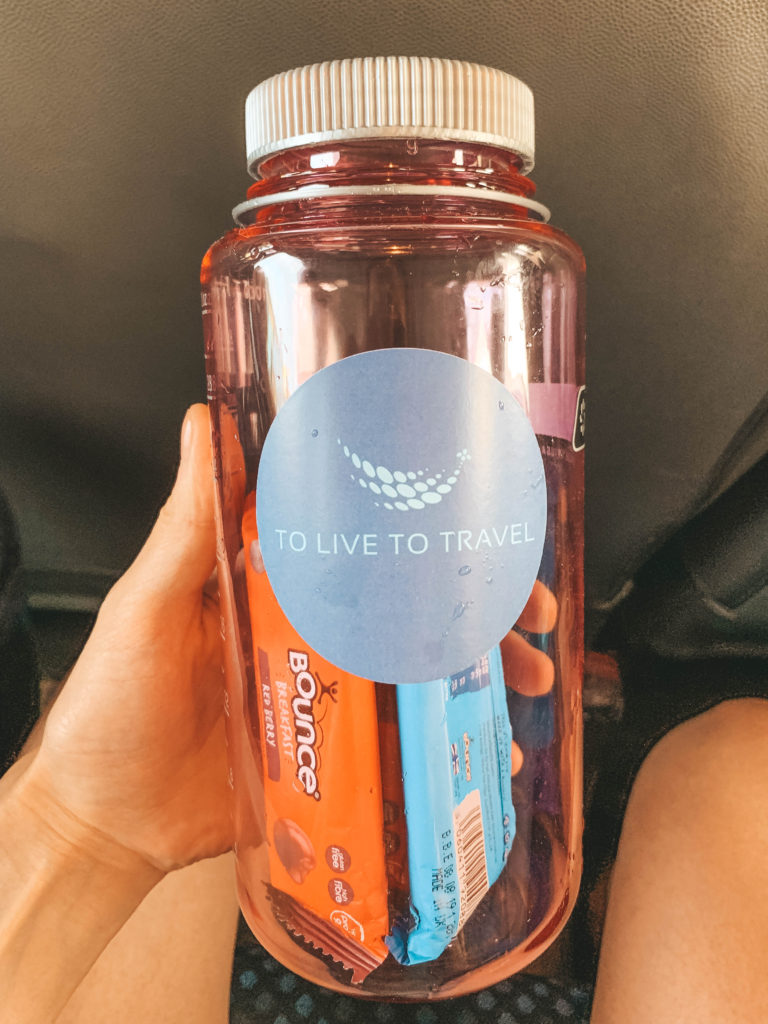
Exposure to weather
The longer and higher your hike, the less predictable the weather may be. Also, the higher the mountain, the lower the temperature. On average, you will experience about 10°C/50°F drop for every 1000m ascent. This means you may end up starting your journey in hot weather, where shorts and a t-shirt would be appropriate, but then as you ascend you may need more layers. This in turn means extra load to carry in your backpack.
Accidents during the hike
Accidents can be very impactful on how well your hike goes, even something such as a sprained ankle can be a big problem. If an accident occurs a few hours into your ascent, getting help can be both difficult and time consuming. It’s therefore important to have enough supplies to wait for help and appropriate clothing to keep you warm. Staying in a group that could potentially help is always recommended.
As you see, hiking brings far more challenges than walking, so physical fitness is very important. As I already mentioned, you don’t need to be a marathon runner but you do want to be reasonably fit for a couple of reasons.
You want to be able to complete the whole trip
Everyones abilities and experience of hiking may be different, therefore everyone’s pace in the group is also different – and thats okay! There will be plenty of stops on the way where you will be able to catch up while the rest of the group take a break – but of course that’s within reason. You don’t want to be miles behind them forcing the group to divide.
You want to enjoy it
The fitter you are, the more energy you will have to actually enjoy the surrounding, take videos and photos and have a chat with your companions.
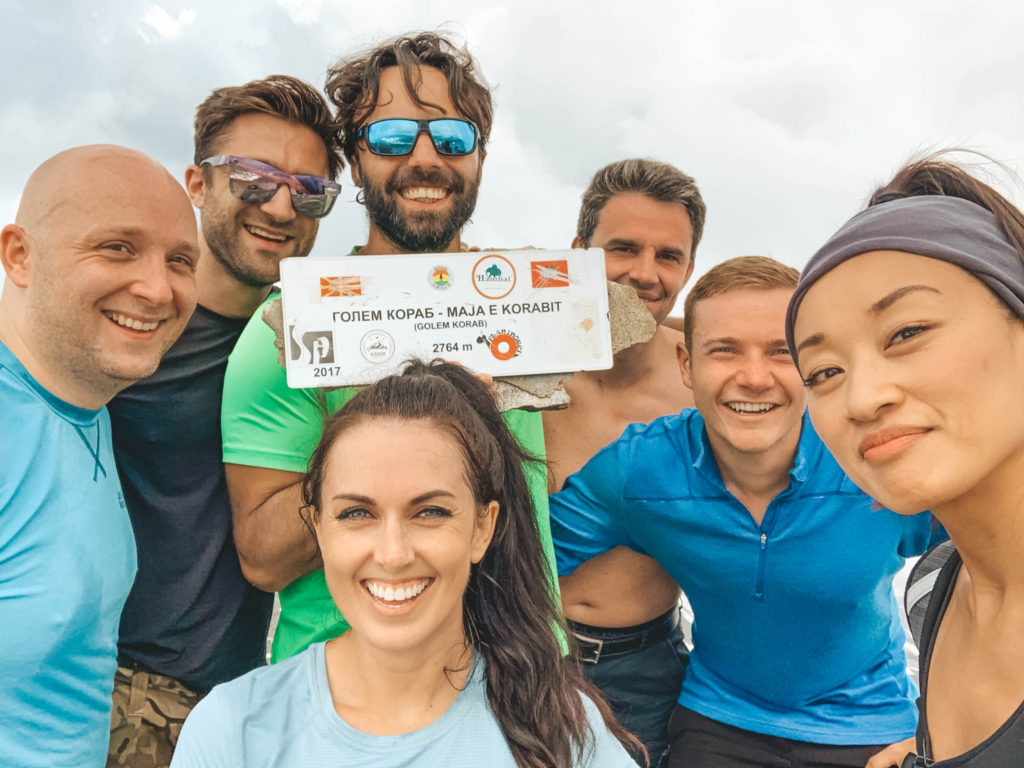
So, how can you prepare
There are a few things you can do.
- Go running – regular running will help with the cardio and it’s probably the easiest thing you can do to prepare. My suggestion is run a minimum of 3 times a week and at least 5 km/3 miles.
- Go to the gym – squats, cross trainer or walking uphill on a treadmill are examples of great exercises. Also cardio classes that include HIIT training or spinning would be a good preparation.
- Take a long walk with a heavy backpack – 10kg should get you ready for a long hike
- Go on a Bike Ride – at least an hour 3 times a week should also be a good prep
Of course, keeping generally active is usually enough to keep your fitness level high, but this is very subjective and can mean different things to everyone. Many people who are fairly active could be fine for a hike without any training, however its good to assess this beforehand.
Assessing your fitness levels
How do you know you are fit enough? If you can do at least one of the following, you should be good for a one-day hike:
- Run 4.8 km/3 miles in 30 mins
- Cycle 10km in 20 mins
- Run 10km without stopping
Of course, depending on the level of difficulty of the hiking trail you’re doing, there may be higher or lower requirements. But in general, this is a good starting point. Good luck and remember to stay safe!
Pin it for Later!
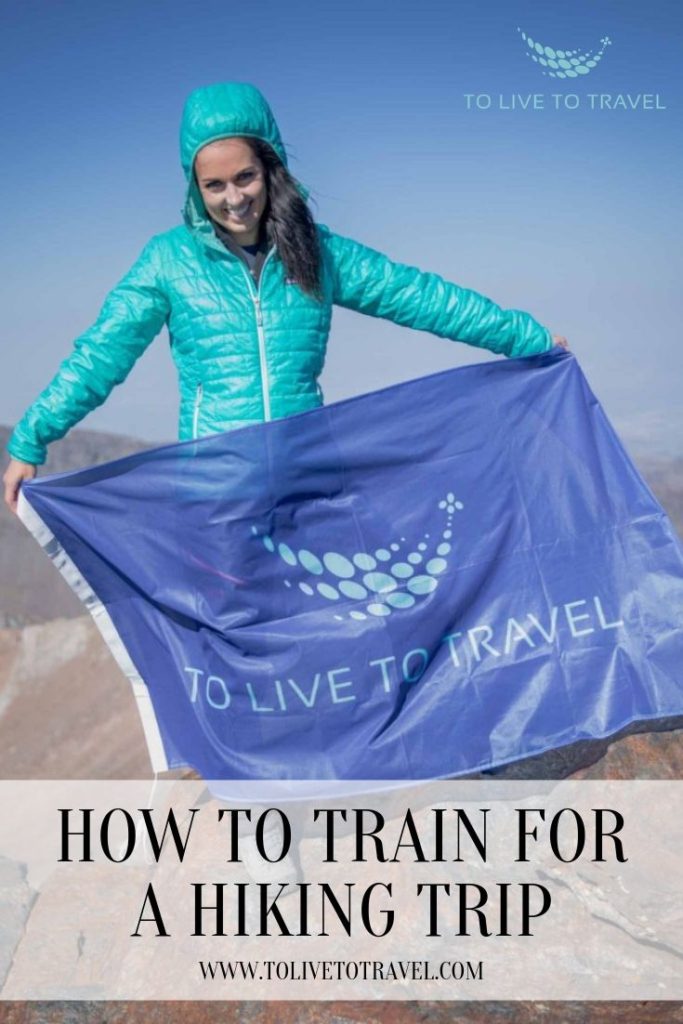
(adsbygoogle = window.adsbygoogle || []).push({});
Latest Blog Posts
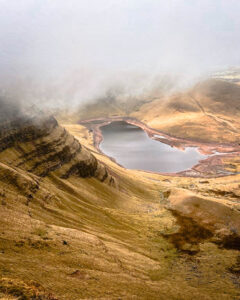
Brecon Beacons – weekend hiking trip guide
Fancy a weekend away hiking in the Brecon Beacons but not quite sure where to start? As you all probably know by now, I love

Mountain Festival – Can I climb Everest
I was delighted to speak alongside some of the biggest mountaineers in the world. The topic of my presentation was: Do you need to be an athlete to climb Everest?
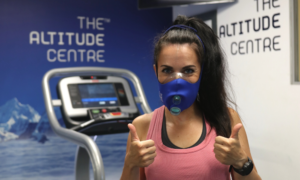
Mount Everest Training: Altitude Centre
As part of my training for Mount Everest, I recently visited the famous Altitude Centre in London, the UK’s number 1 Altitude Training Specialist! They are renowned for their technology and simulated altitude training, to help mountaineers meet their acclimatisation, performance or rehabilitation goals.


